By Marc Morial
“Here’s where Robinson, looking down from baseball heaven, may be having the last laugh, because the vandalism has in fact left an imprint. Paradoxically, it has helped to burnish Robinson’s legacy. The grievous misdeed of destroying Robinson’s statue has only increased the kids’ awareness of the illustrious details of his storied life and its relevance to their own.”
– Sports journalist Mark Dent
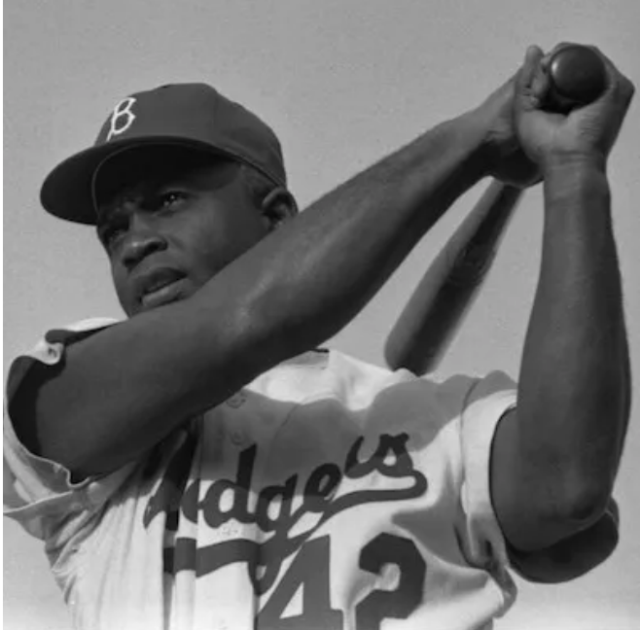
Authorities in Wichita, Kansas, appear to have accepted – at least for now – a suspect’s claim that he and his accomplices had no racial motivation for stealing a youth baseball league’s treasured bronze statue of Jackie Robinson, and intended to sell it for scrap metal.
The very notion that a monument honoring a revered civil rights icon should be regarded as “scrap metal” is appallingly racist on its face. The suspect’s story, furthermore, doesn’t explain why the statue was found mangled and burned in another park seven miles away, five days later. And nothing can erase the trauma inflicted on the community by what appeared in every respect to be a racially-motivated hate crime.
Whether the suspects intended to inspire fear or outrage in the community, they undoubtedly did so. The sight of the statue’s base, containing only a pair of bronze feet severed at the ankles, was chilling. The discovery of the hacked-apart and flaming remains was revolting. Wichita police called the statue commissioned by the sports nonprofit League 42 “a cornerstone of the charity and represented the core values and teachings of this organization.” The destruction of the statue was an assault on League 42’s mission to inspire, educate, and empower children of color.
Fortunately, the community refused to be intimidated. A fund-raising campaign to replace the statue far exceeded its goal and will allow other improvements to the field, including additional security. Major League Baseball and its 30 clubs also committed to replacing the statue.
The destruction of the statue has also served to focus attention on Robinson’s legacy at a time when anti-racial justice activists and politicians are actively trying to erase it. Among the books banned in Duval County, Florida – the epicenter of the so-called “anti-woke” movement – was Thank You, Jackie Robinson, by Barbara Cohen. The novel, aimed at students in 4th through 7th grades, tells the story of a friendship between a pre-teen white boy and a Black cook in the 1940s who share a love of Robinson and the Brooklyn Dodgers, and how the racial segregation policies of the era affect the two of them.
The “anti-woke” crowd would prefer that racism and discrimination were erased from the nation’s history so that racial achievement gaps can be presented as the triumph of “merit” and “a hard work ethic,” eliminating the need for racial justice initiatives.
The fact is, professional baseball’s color line was drawn in 1887, when all-white St. Louis Browns refused to play against the all-Black New York Cuban Giants. The Gentlemen’s Agreement” not to sign Black players endured for another 60 years.
Dodgers manager Branch Rickey started searching for a player to break the color barrier in 1943, signing Robinson to a minor league contract two years later. Though Robinson certainly was a great athlete, Negro League stars like pitcher Satchel Paige and catcher Josh Gibson outshone him. According to Red Barber, who called play-by-play for the Dodgers from 1939 to 1953, Rickey chose Robinson because “he was educated, articulate and intelligent, he didn’t drink or smoke, he had character. Rickey was absolutely certain that the first black player would have to be so strong that he could survive.”
Robinson hardly was passive in the face of racism. As a young Army officer in 1944, he was court-martialed (and acquitted of all charges) after refusing to move to the back of the bus. But he promised Rickey not to respond to the taunts and threats they both knew he would endure. His promise was tested just a week after his major league debut, when Philadelphia Phillies manager Ben Chapman called him the n-word and shouted, “Go back to the cotton field where you belong.”
Off the field he was outspoken about racism, earning descriptions from sportswriters like “combative,” “troublemaker,” and “rabble rouser.” After his retirement in 1957, 1957, he was “a constant presence on picket lines and at civil rights rallies,” raising bail for jailed protesters, registering voters in the south, and speaking out against police brutality.
It is his spirit and courage, as much as his athleticism, that League 42 honors. It is that spirit and courage that will overcome the casual disdain of “scrap metal” thieves and the violent hatred represented by the charred wreckage they left behind.
Marc Morial is president/CEO of the National Urban League.

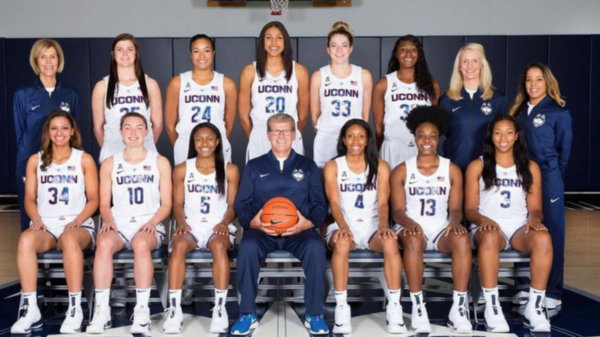



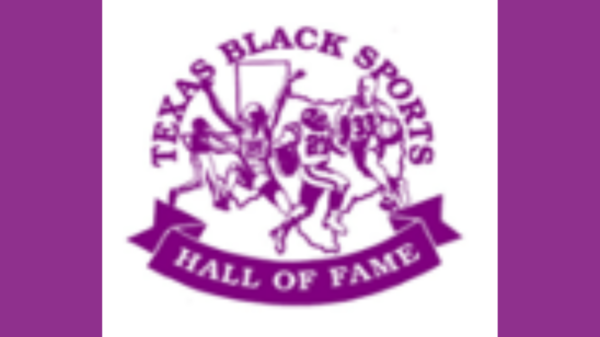
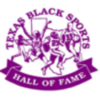
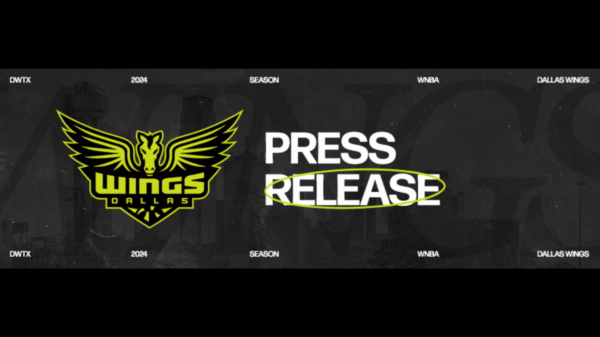

You must be logged in to post a comment Login